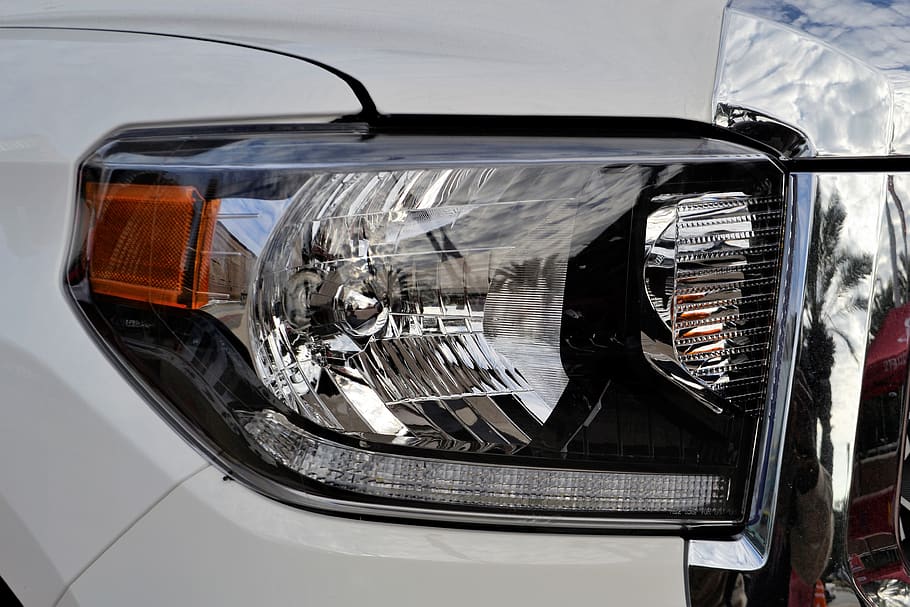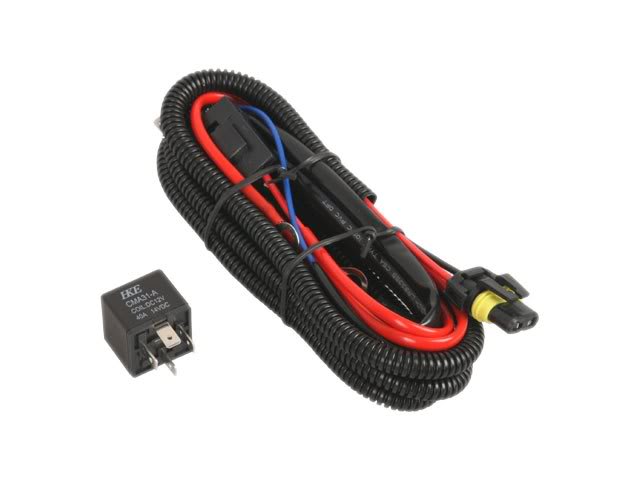Imagine driving on a foggy night, struggling to see the road ahead as the mist rolls in. You wish your vehicle's lights were more effective, providing better visibility and making you feel safer. That's where the fog and driving lights come in. When installed and adjusted correctly, these devices can significantly enhance your vehicle's visibility and transform your driving experience, particularly in challenging conditions.
This guide will discuss the importance of proper adjustment for maximum lighting performance and how to choose the right fog light pattern. We'll also walk you through installing and maintaining your fog and driving lights to ensure optimal performance. Following these guidelines, you will enjoy a more comfortable and enjoyable driving experience.
Why Proper Adjustment is Necessary for Maximum Lighting Performance
Fog and driving lights can significantly enhance your vehicle's visibility in challenging conditions, but they must be installed and adjusted correctly to be effective. Properly aimed lights ensure optimal performance without causing glare or eye strain for other drivers.
Choosing the Right Fog Light Pattern
Fog lights should ideally have a wide pattern when mounted in the bumper. The wide pattern casts light onto the road in front of your vehicle, minimizing reflection and improving overall visibility. A combination of spot patterns may cause excessive reflection in foggy conditions, leading to constricted pupils and reduced visibility.
Installing Fog and Driving Lights for Safety and Function
When installing fog and driving lights on your pickup truck, aiming them correctly is crucial to maximizing their benefits. Fog lights work best when mounted in, on, or below the bumper—between 10 and 24 inches above the road surface—or anywhere below the center of the headlights. This positioning allows the fog light beams to cut just under the low-beam headlights, enhancing visibility in foggy conditions.
Properly Aiming Fog and Driving Lights
To aim your fog and driving lights, follow these steps:
- Park your truck on a level surface, 25 feet away from a wall.
- Measure the distance between the center of the fog light and the ground. You should also mark the corresponding height on the wall.
- Adjust the lights so the top of the fog beam pattern is about 4 inches down from the lamp center at 25 feet, with the lamp facing straight forward.
Use the light's "hot spot" as the alignment point for driving lights. You should also adjust the hot spot of the driving light so that it is about 1.5 inches below the light's centerline mark.

3 Factors to Consider When Selecting Fog and Driving Lights
You should consider the following factors when choosing fog and driving lights:
- Compatibility: Ensure the lights you select are compatible with your vehicle's make and model.
- Beam Pattern: Choose a wide pattern for fog lights to minimize reflection and a combination or spot pattern for driving lights to provide long-distance illumination.
- Quality: Invest in high-quality lights for better performance, durability, and longevity.
Maintenance Tips for Fog and Driving Lights
To keep your fog and driving lights performing at their best, follow these maintenance tips:
Clean the Lenses
Regularly clean your headlights and fog light lenses to remove dirt, grime, and debris that can reduce brightness and clarity.
Check Wiring and Connectors
Inspect the wiring and connectors of your fog and driving lights periodically for damage or wear. Replace them as necessary to maintain optimal performance.
Monitor Alignment
Periodically check the alignment of your fog and driving lights, adjusting as needed to ensure maximum illumination without causing glare for other drivers.
Upgrading Your Vehicle's Lighting for Better Performance
You have several options for improving visibility and reducing energy costs when it comes to upgrading the lighting in your vehicle:
- LED Lights: These lights enhance visibility, energy efficiency, and longevity compared to traditional halogen bulbs.
- HID Lights: High-Intensity Discharge (HID) lights offer better brightness, visibility, and energy efficiency than halogen bulbs. This makes them a popular choice for many drivers.
The Importance of Safe and Effective Automotive Lighting
Properly installed and adjusted fog and driving lights can significantly impact your driving experience, especially in challenging weather conditions. Remember that proper lighting is not only beneficial for your own visibility but also contributes to a safer road environment for all users. Following the tips in this guide ensures that your vehicle's lighting is optimized for safe and effective performance.
Headlight Revolution - Your Perfect Headlight Solution
Are you ready to improve your vehicle's lighting? You can find headlights, bulbs, conversion kits, and much more at Headlight Revolution. Find the perfect solution to meet your driving needs and preferences with their expert team. Visit their website today to see what makes us different!







.png?width=300&height=87&name=logo%20(1).png)